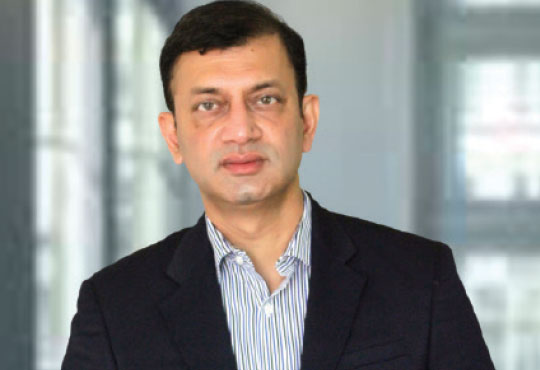Answers to Your Questions on Agile
Sanjay Shedge, Director- I&L Engineering (Asia Pacific), Sealed Air
 Why Being Agile is Important?
Why Being Agile is Important?
It took a large telecom company 75 years to build an 8 USD billion business providing long-distance telephone service. But with the beginning of the new century, a cloud began to rise over the horizon: voice-over IP. With the emergence of the Internet and its ability to handle voice traffic as well as data more cheaply than traditional networks, revenues from long distance began to reduce dramatically, not only for this global telecom company but for its competitors in the same field as well. What took 75 years to create was eradicated practically overnight. We all know many examples globally as well as within India of organizations not being agile and are now almost washed away due to new technology. Even if existing products are not being made obsolete by new technology, businesses have every incentive to constantly introduce new products. As the business environment has become more global and competition ever more intense, one way that companies try to make sure they make their numbers is to introduce new products they believe can help capture market share and increase revenue. Time to market has become crucial. The sooner a company can introduce its new products, the more time it has to sell them when they are highly valuable and can command the higher price, before a competitor can mobilize and introduce something to compete with it.
Just as investors have more information with which to compare company performance, so are customers. The internet has made it easier to compare price, products, and customer service. It also has facilitated exchanges among consumers about a company’s products, performance, and services. That information has increased the speed with which a company must at least recognize changes in the external environment and act swiftly. Decisions must be made quickly, even if the decision is not to react. And they must be turned around just as swiftly if they are proved wrong.
All of these forces put pressure on organizations to deliver rapid results consistently because we now need to manage for short term to achieve long term strategy. To do so, setting a strategic direction is simply not enough. The strategic direction-setting must be followed by actions that get everyone in the company on the same page to enhance the company’s efficiency and effectiveness. If they are not, moving at the pace of business today and not being agile, can take a company down to the wrong path causing major losses, both in resources and direction. Executives, managers, and entire organizations must be better aligned to meet the market’s demand for speed. They must recognize the need to be agile. They need the flexible to modify, adapt, and even contradict some of those mandates in the best interest of the shareholders, based on the information that was not available during the planning stage.
How Can We Become Agile?
Money in liquid form is acceptable everywhere and immediately instead of non-liquid form of money even if this money seems to be more than the liquid money. In simple words, continuously seek the right path and keep on moving without wasting time or without allowing your competitor to move into that path before you. You need to keep all of your sensory organs open, sense the wave, analyze it quickly, make an action plan and move swiftly in that direction. Even if you do amistake, correct it immediately. This is applicable not only for business but even in your personal life whether you want to make new relations, do investments, do education or go for entertainment. Its applicable everywhere. Today playing field is more crowded and the players more competitive. So be visible, know when to move over and when to get out, be more prepared than everyone else and be a continuous learner and agile.
At the end we all know only liquid flows quickly and it starts restricting its movement as it loses its liquid state.




